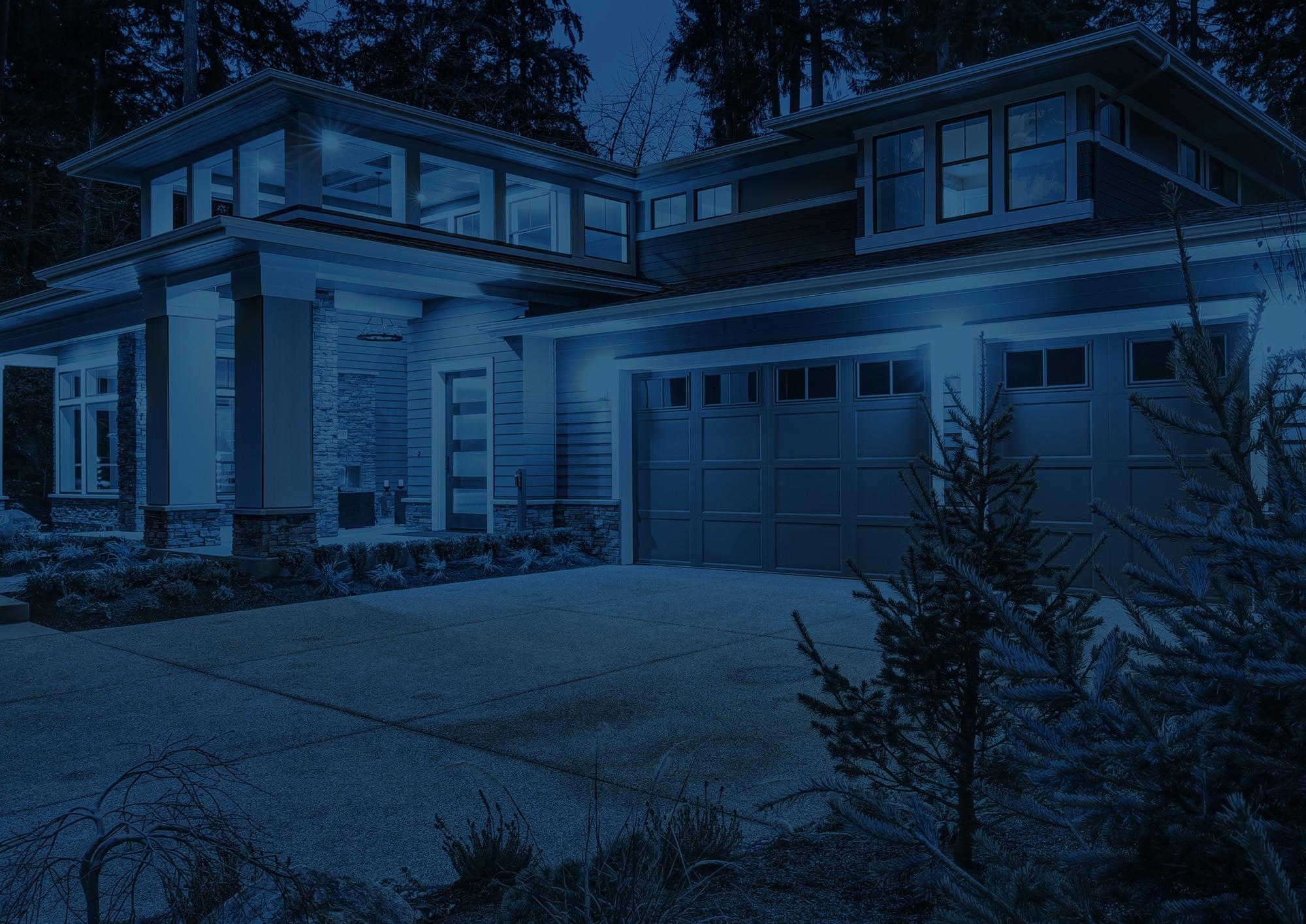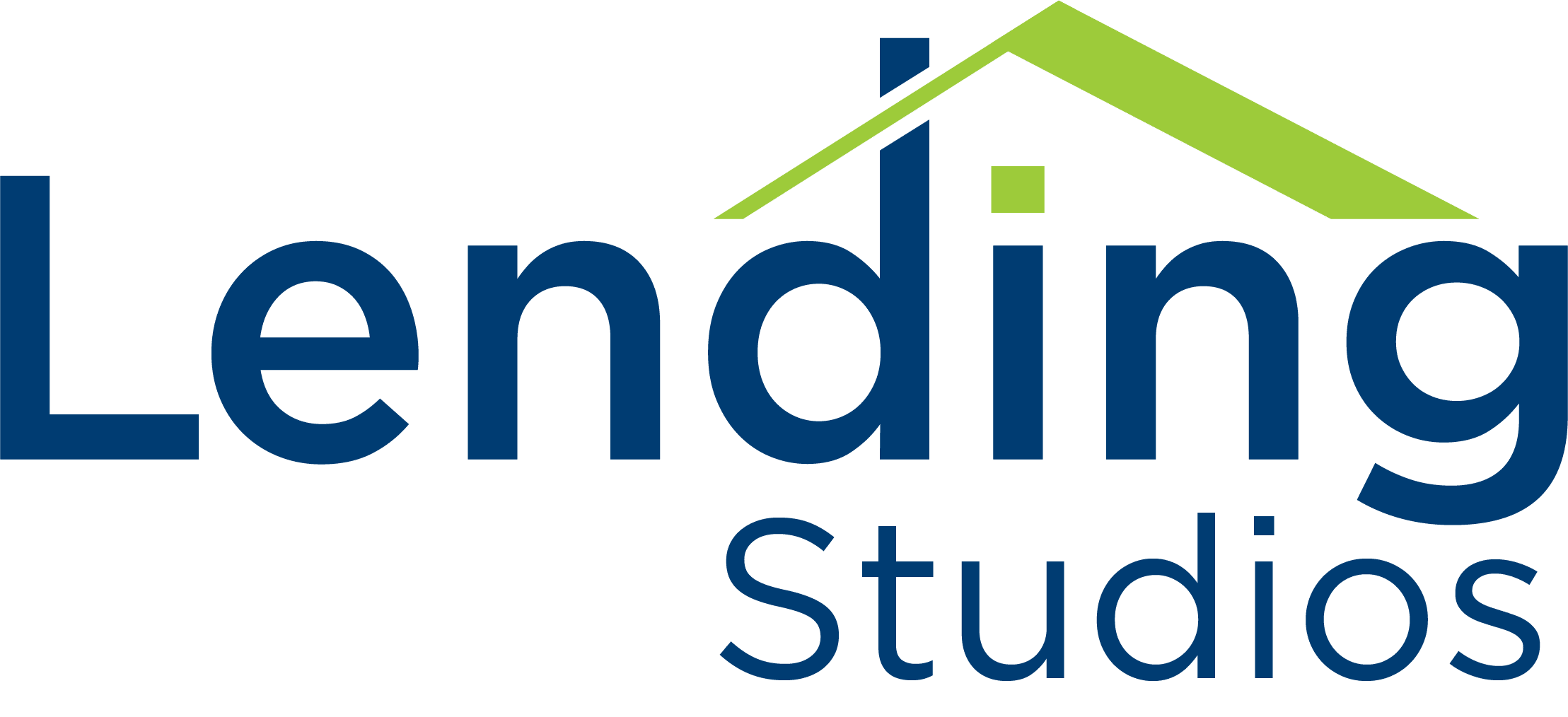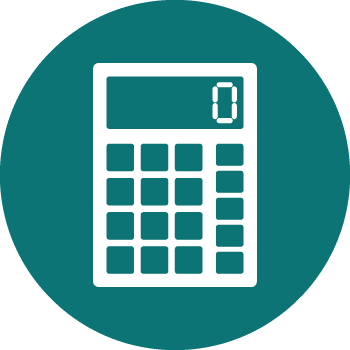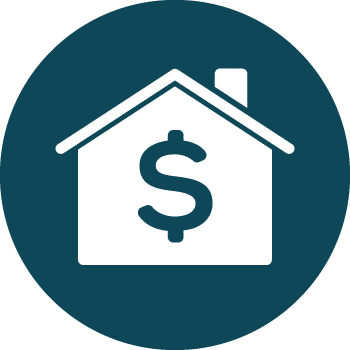We're Here To Make It Easy
The term “refinancing” is often met with trepidation. However, refinancing is one of the best decisions you can make for your financial future depending on a few specific factors. People often find themselves refinancing in the event that interest rates go down, or they’re stuck in an adjustable rate mortgage that isn’t serving them or their bank account very well. But that begs the question: what kind of refinancing options are there? What does refinancing really look like and how can it affect you?
Here at Lending Studios, we strive for transparency. We want you to be able to have all of the resources at your fingertips that you need to make a good refinancing decision. We’re dedicated to making researching your refinancing options easy. So, let’s explore streamline refinance.
What is Streamline Refinance?
Streamlined refinancing is the fastest way to refinance. Refinancing is actually a very rigorous and time-demanding process. From the application to changing lenders, refinancing isn’t just the walk in the park it may seem like initially. That’s why streamlined refinancing exists. It aims to literally streamline what can be a long and tedious process. Through streamlined refinancing, you’ll experience a reduced amount of paperwork and the loan will be fast-tracked. In general, the streamlined refinancing process also skips the credit check portion, as well as the limited asset and earnings verification.
Streamlining also means you won’t have to invest in getting the property a new appraisal. This is facilitated by the lender relying solely on the information found within the original mortgage application such as you credit score, home appraisal, and other basic financial data. This, in turn, speeds up your refinance and increases your chances of approval. In short, it’s a win-win scenario.


Benefits of Streamlined Refinance
Faster
Decreased costs
No appraisal
Streamlined asset and income verification
Minimal or no credit check
If a streamlined mortgage sounds too good to be true, that’s because we haven’t explored the rules that govern this better, cleaner version of refinancing. Obviously, approval is never guaranteed, which means that you could end up starting the process over again through traditional methods.
Additionally, when pursuing a streamlined refinance, you’ll have to provide a net tangible benefit. In other words, you’ll have to prove that through refinancing you’ll be accessing a substantial savings. That means that whatever the cost of the refinancing, you’ll have to have the numbers organized to display that you’ll be profiting. This is to protect the borrower, and ensure that the lender isn’t increasing their profit at the borrower's expense.
The second major guideline that a streamlined refinance has to follow is often considered a downside for many people interested in refinancing. Through a streamlined refinance, you won’t be able to access a cash payout, like you can usually access through traditional refinancing. Essentially, a streamlined refinance should only be used to alleviate the stress of a current, bad mortgage. For example, if you have an adjustable rate mortgage and you’re looking to refinance to a standard 30-year mortgage instead to save money on the interest of the loan, streamline refinancing is perfect. If you want to borrow cash from your equity to use to remodel your kitchen, a streamline refinance is not an option..


Ready to Streamline Your Loan?
Types of Streamline Refinancing Options
Within the realm of streamline refinancing, there are three main types. You’ll be able to pursue an FHA streamline refinance, a VA streamline refinance, and a HARP streamline refinance. Each option has its own set of pros and cons and regulations that dictate whether each is a good option for you.
HARP Streamline Refinance
The HARP, or the Home Affordable Refinance Program, was designed to help American homeowners. Specifically, it was designed to help them refinance their mortgages at lower interest rates, even if they owe more than their property is actually worth. This organization was birthed after the astonishing real estate market crash in 2008 that left U.S. homeowners in quite a sticky situation. At the time, many Americans were totally underwater on their mortgage loans and had no chance at being able to ever truly financially recover. This prompted the Federal Housing Finance Agency (FHFA) to introduce this program. Essentially, it allows homeowners to refinance an existing mortgage, regardless of their Loan to Value ratio (LTV). The LTV ratio is often used as an assessment to determine the lending risk. High LTV ratios can mean that the borrower owes more than the . This is considered a high-risk investment. Low LTV ratios imply that the amount loaned would be closer to or under the actual value of the property. This is considered a low risk for a lending agent.
Since the HARP allows refinancing regardless of the LTV, you can then skip the appraisal of the house which saves time. To qualify for a HARP streamline refinance, you’ll have to be holding a mortgage that is owned by either Freddie Mac or Fannie Mae.
HARP streamline refinancing was only supposed to be an option for a limited period of time. Though it was extended for a period of time, the current equivalent to HARP streamline refinance is the Fannie Mae High LTV refinance option, which operates in a very similar fashion and provides the same options for homeowners, even though high LTV ratios are no longer as common as they were.
VA Streamline Refinance
The VA streamline refinance is often called the “Interest Rate Reduction Refinance Loan.” It’s a mortgage product that is only available to active military, veterans, and reservists. It must be paired with an existing VA home loan. With a VA streamline refinance, there are several benefits that other refinance products simply don’t have. For example, VA borrowers are allowed to roll closing costs into the total cost of their new loan. This allows active military and veterans to refinance with no out-of-pocket expense. This program also allows streamline borrowers to actually access a cash-out option which is usually not an option for streamline refinance. This is only available if you’re making energy efficient upgrades to the home. Additionally, people using the VA streamline refinance option can easily change lenders during the process. As long as the new lender is VA-approved. This gives the borrower leverage by forcing lenders to compete for the lending opportunity.
However, with all of the benefits of VA streamline refinancing, it also comes with a wide variety of requirements that must be met before you can take advantage of those benefits. For example, applicants have to be current with their existing mortgage. They can have no more than one late payment in the last 12 months. Additionally, staying in line with the streamline refinance rules, the new monthly payment must be noticeably lower than their existing loan payment, unless they’re switching from an adjustable rate to a fixed rate.
If borrowers access a cash-out allowance, they must utilize the cash within 90 days of refinancing. The borrower will also need to verify that they are currently occupying the property or have been occupying it within the last 6 months. Additionally, the total amount of the refinanced VA loan must be limited to the existing loan balance, plus any late fees and typical closing costs.
FHA Streamline Refinance
You can only access the FHA streamline refinance if you already have an existing FHA insured mortgage. The program is meant to offer a faster, easier way for folks to refinance their mortgages. The FHA streamline refinance is available in both 15-year refinance and 30-year refinance terms with either fixed or adjustable rates. It’s an available option to all qualified FHA mortgage holders, even those with very little equity in their home, including loans which are currently under water.
The FHA streamline refinance is known for a couple of its major advantages, like the fact that there is no verification of income or assets needed to qualify for the new loan. You won’t be required to submit proof of current employment, current assets or even annual income. As long as you already meet the other FHA requirements, you won’t need to worry about that at all. There’s also no credit check required. The FHA doesn’t even take your current credit into account when determining your eligibility for the loan. Instead, they’ll rely on your individual mortgage payment history. There’s also no property appraisal required. The valuation of the refinance loan is based on the most recent appraisal of the home, which is perfect for homeowners who are underwater on a mortgage and are hoping to recover their financial health through refinancing for a lower interest rate. This is also a major plus for those who lack equity in their home already.
Additional factors of the FHA streamline refinance that should help you in determining whether it’s the right choice for you include how they grade your payment history. To qualify, you’ll need to demonstrate a perfect 3 month payment history on your existing mortgage. Plus, you must honor the 210-day waiting period before pursuing a refinance. In fact, you’ll have to have a payment history of at least 6 months on your existing mortgage before you can qualify for the FHA refinance option.
Unlike the VA streamline refinance option, the new loan balance for the FHA streamline cannot include the cost of the refinancing. Indeed, the new loan can only include the current principle and the upfront mortgage insurance payment. Costs like origination fees, escrow population, and title charges have to be paid in cash at the time of closing. It’s important to note that some banks do offer no-cost FHA refinancing options. This means they’ll wave the fees up front, but it’s important to note that these, traditionally, have much higher interest rates than FHA streamline refinance loans with fees.
Finally, the biggest downside to the FHA streamline refinance option is that there are mandatory insurance requirements. If you’re approved for the loan, you’ll be required to make mortgage insurance payments, one upfront at closing and then the annual mortgage insurance payment that is generally broken down into 12 monthly installments. For many who don’t want to have to deal with mortgage insurance, this is a major downside to FHA streamline refinancing.

Don’t Wait For Anything

Explore Other Refinancing Options
If the streamline refinancing options don’t look good to you, you can always consider a traditional refinance. Just because traditional refinancing is a little more time intensive doesn’t mean they don’t give you the opportunity to reinvent your mortgage payments and reevaluate your long-term financial health and budget.
Visit lendingstudios.com to start learning more about refinancing and exploring our various tools to help you research and prepare for your refinance.
Mortgage Calculators
Quickly predict your monthly mortgage payment and interest with this customizable tool!
Mortgage Resources
Leverage the tools you need to find a borrowing solution that fits your particular needs and budget.
Mortgage FAQs
Get answers to the most commonly asked mortgage questions.




